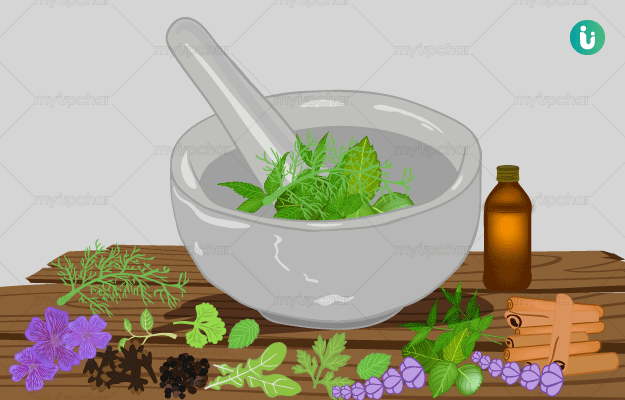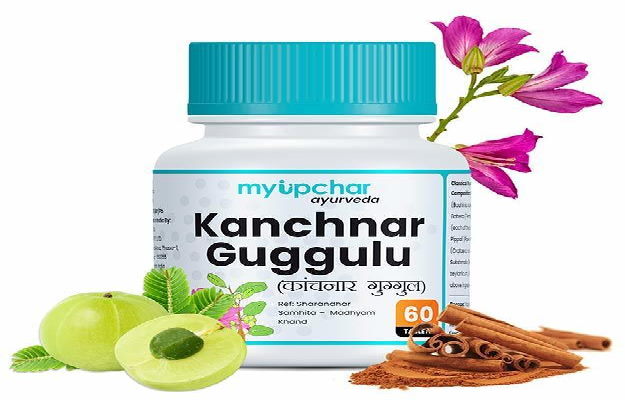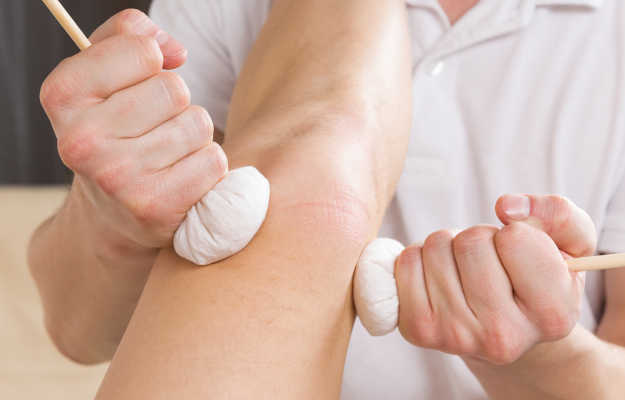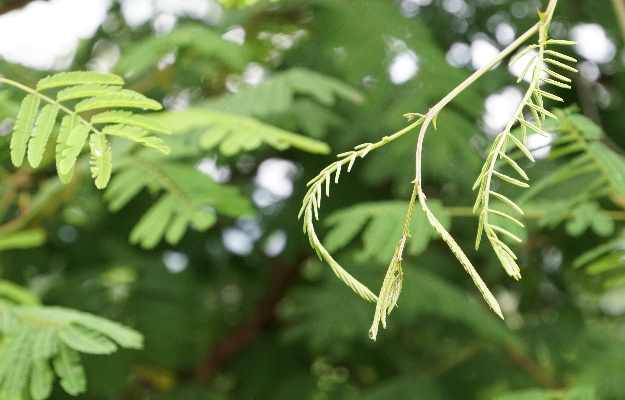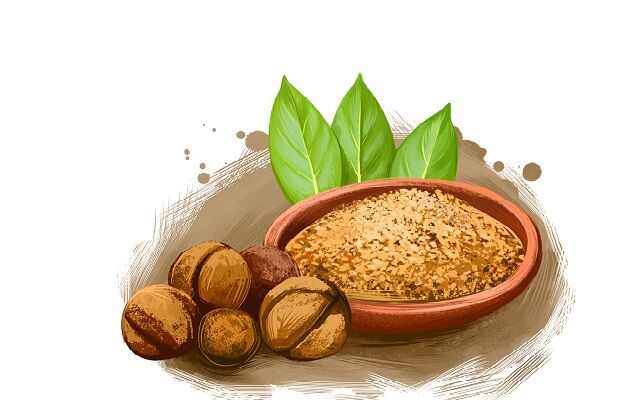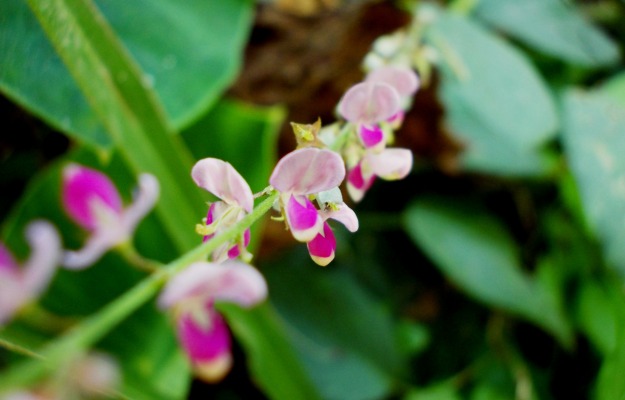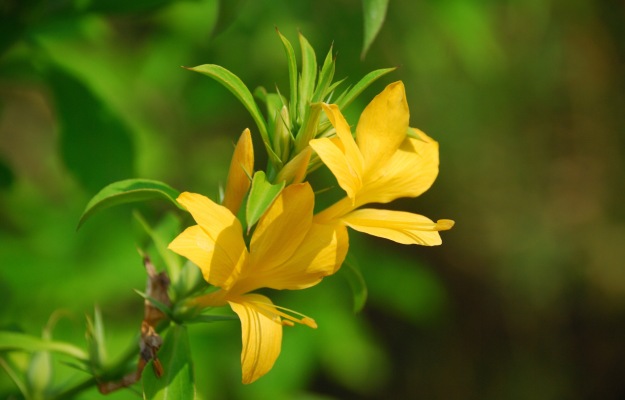Herbs can be taken in various forms depending on your need and as directed by your healthcare provider. Here are some of the most common forms that herbs are taken in:
In food: This category includes culinary herbs like garlic, ginger, black pepper and turmeric that are used to add flavour to the food. However, the amount added in most recipes is not enough to provide medicinal benefits.
Infusions and teas: Infusions and teas are one of the most common ways to consume herbs. They involve the intake of herbs by steeping them in boiling water for a specific period of time - some herbs take longer to infuse than others. However, it is best to consult a herbalist to know the right time and dose to prepare an infusion since some herbs may become toxic when infused for longer and in high doses.
Decoctions: Decoctions are made by boiling or heating a plant part (usually hard parts like roots and bark) in a liquid (water or milk for example) for a certain amount of time. As it’s heated, the plant releases its volatile compounds into the liquid, imparting therapeutic effects.
Capsules and tablets: Capsules and tablets are a no fuss way of having any herb. They are usually standardised and have been studied for their effectiveness and safety and are hence best for taking the right dosage for you. Again, the right dosage as per your health and age would only be determined by a healthcare practitioner.
Extracts: Plant extracts are preparations that involve extracting certain active ingredients of a plant or plant part in a specific solvent - water, ethanol, chloroform etc.
Tinctures: Tinctures are prepared by soaking a plant or plant part in alcohol or vinegar for a certain period of time. Both these solvents pull out the active ingredients from the plant and get their medicinal properties too.
Lotions, salves and creams: By mixing various other ingredients with a particular herb, you can make topical preparations including gels, creams, lotions and salves. The amount and ratio of the herb and other ingredients are again crucial for the preparation to work effectively and not cause any side effects.
Oils: Infusion oils and essential oils can be prepared with herbs to extract some of their components. Essential oil extraction is a complex process which involves vaporization and condensation of the plant oils. These oils are pure and usually not applied directly to the skin or consumed without mixing them in a carrier oil first. On the other hand, infusion oils are milder and are prepared by steeping the said herb in a carrier oil (say coconut oil or olive oil) for a specific period of time. The bottle is kept sealed or airtight in a cool and dry place and shaken in between to let the contents mix properly.

